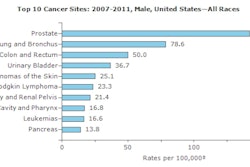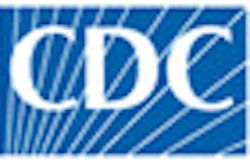The U.S. Centers for Disease Control and Prevention (CDC) has awarded cooperative agreements to 21 states to support state infrastructure development and implementation of prevention programs.
Approximately $6 million will be available each year for a five-year project period from 2013 to 2018, the CDC explained. The overall purpose of this program is to assist state health departments to build or maintain effective public health capacity for implementing, evaluating, and disseminating best practices associated with oral disease prevention and improvement of oral health.
Hawaii, Idaho, and New Hampshire have been awarded cooperative agreements under Component 1, "Basic Capacity for Collective Impact." An additional 18 states that demonstrated they have achieved certain milestones and have more advanced oral health programs received cooperative agreements under Component 2, "Implementation of Evidence-based Community Preventive Interventions and Access to Clinical Preventive Services." These states are Colorado, Connecticut, Georgia, Iowa, Kansas, Louisiana, Maryland, Michigan, Minnesota, Mississippi, New York, North Dakota, Rhode Island, South Carolina, Vermont, Virginia, West Virginia, and Wisconsin.
With CDC support, state oral health programs funded under Component 1 are expected to develop or enhance their program leadership and staffing; develop or enhance their state oral health surveillance system; establish oral health coalitions and other partnerships; develop state oral health plans; implement communications strategies to educate their residents on oral health; and monitor and evaluate their progress in preventing oral diseases in their residents.
States that have received an award under Component 2 are expected to maintain the capacity they have previously developed and also implement or expand sealant delivery to schools located in low-income or rural communities; increase the proportion of the population with access to optimally fluoridated water; and/or implement strategies or changes to the health system to increase access to clinical preventive dental services.



















